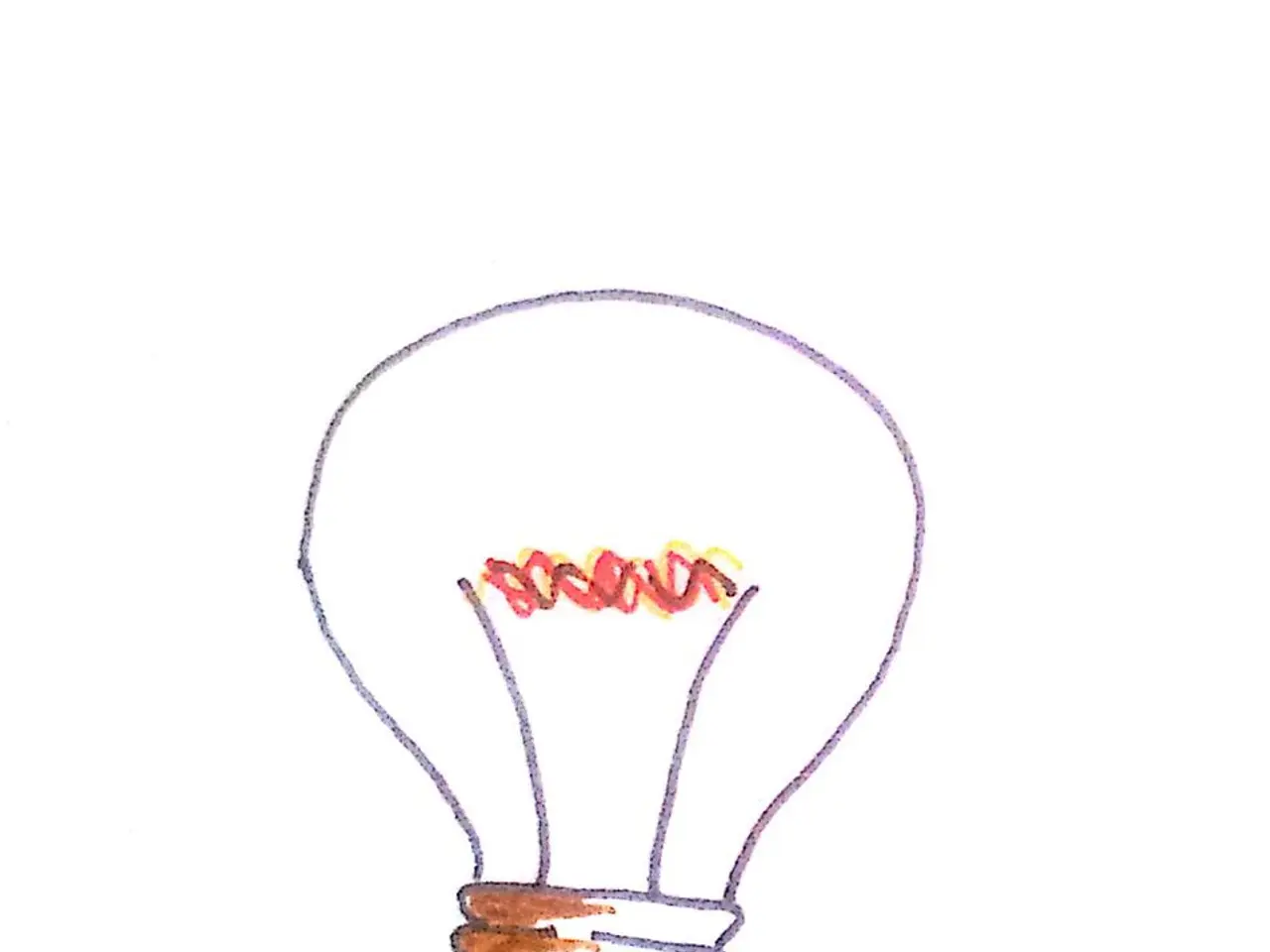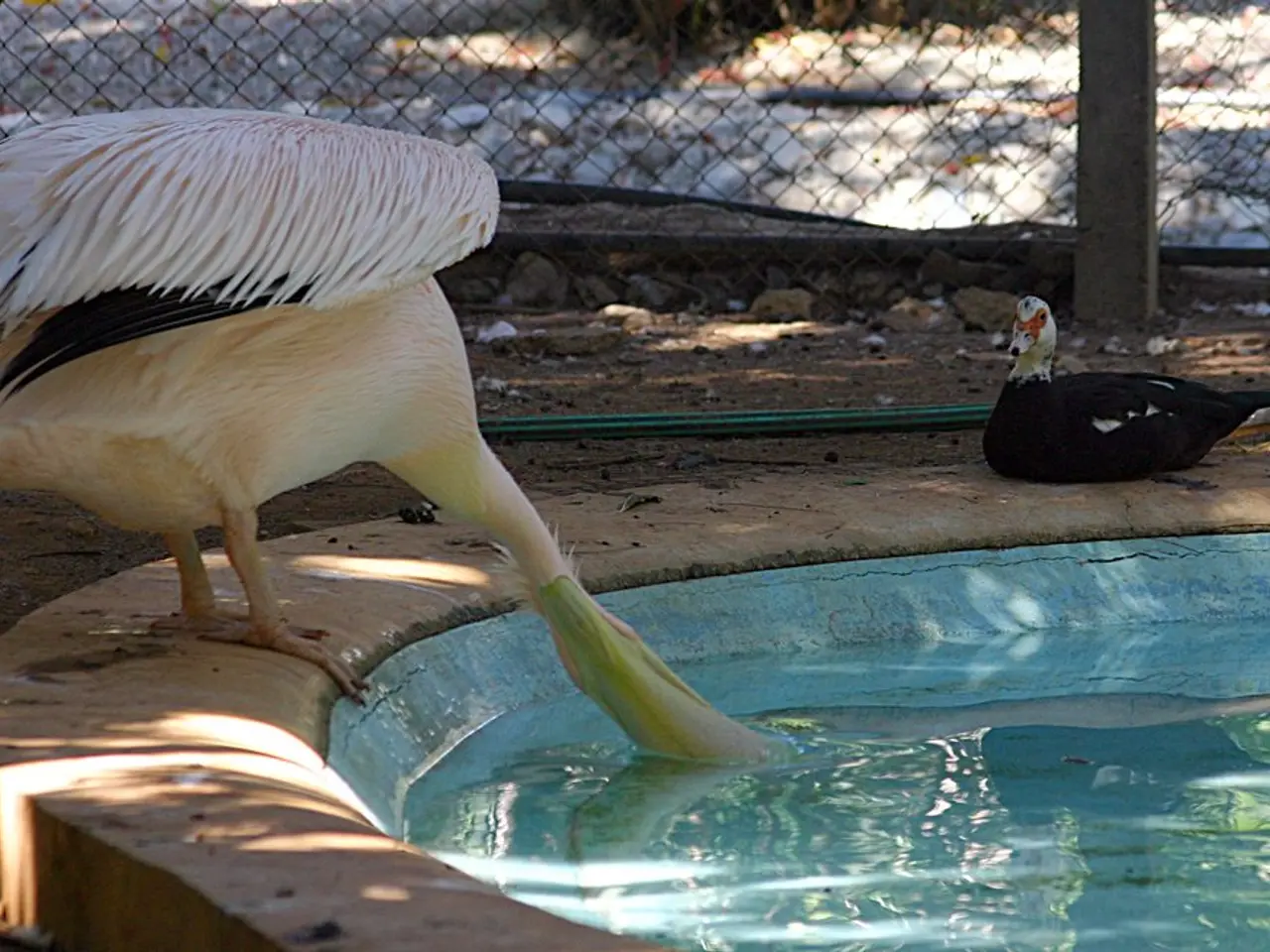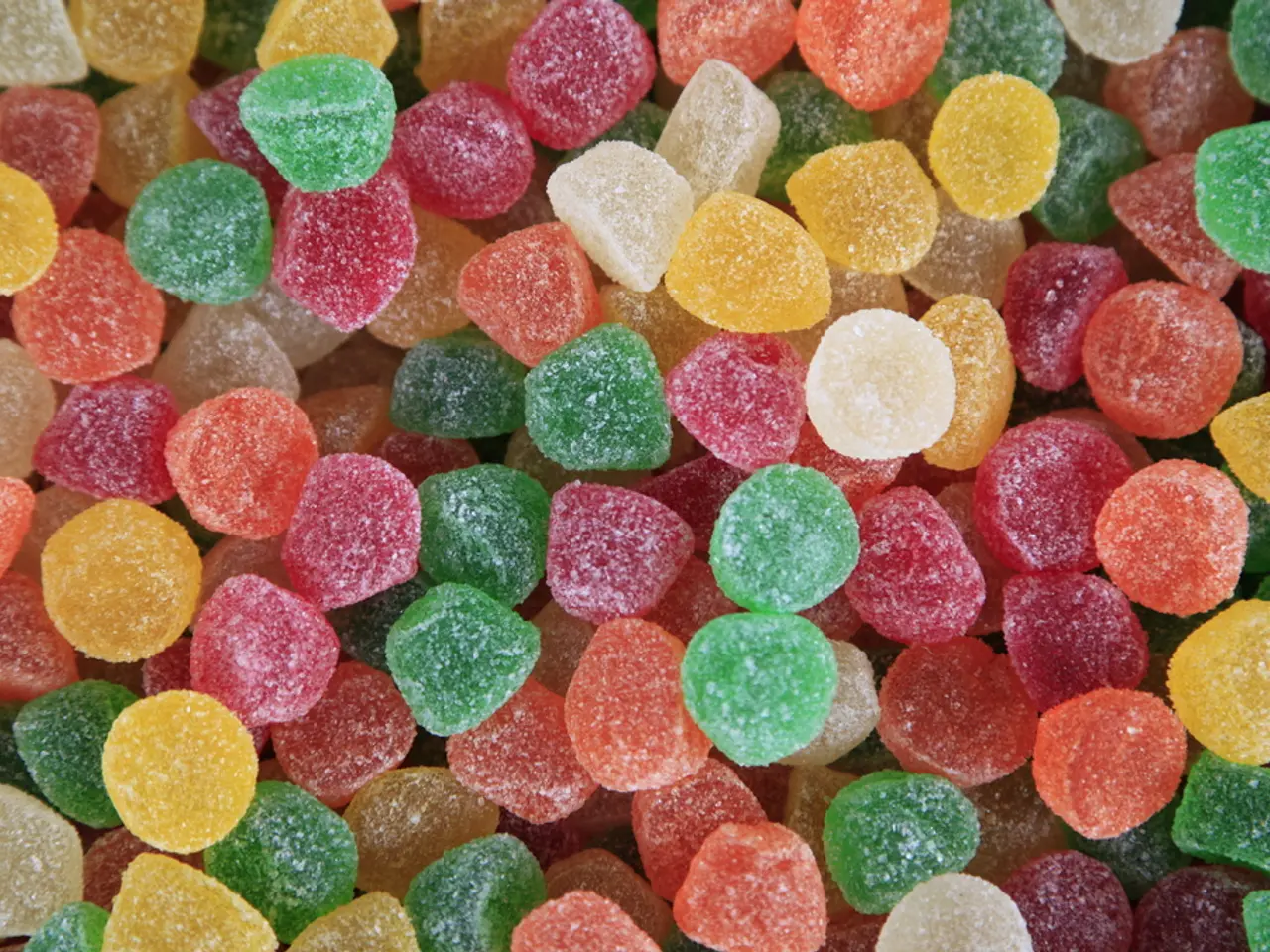UV Manicure Lamps Potentially Cause Molecular-Level Skin Damage
UV LED nail lamps, popular in both salons and home gel manicures, have been found to pose long-term risks, particularly linked to skin aging and cumulative cellular damage from UVA exposure. While the direct cancer risk is considered low, the evidence is not conclusive, and repeated, long-term use may increase health concerns, especially for the hands.
**Skin Cell Damage and Premature Aging**
Exposure to UV and UV/LED lamps emits UVA radiation, which penetrates the skin and causes cumulative damage over time, much like sun exposure. Studies have shown that repeated exposure to these lamps can cause significant damage to skin cells, including oxidative stress, DNA breaks, and cell death. Chronic UVA exposure accelerates signs of aging such as wrinkles, thinning skin, and age spots, even if each session is relatively short.
**Cumulative Exposure**
Regular gel manicure users, often every two to three weeks, accumulate significant doses of UVA over the years, increasing risk levels. Some lamps expose hands to UVA intensities comparable to midday spring sun in Buenos Aires, and frequent salon visits can result in hours of exposure each year.
**Cancer Risk**
While there is no definitive, large-scale evidence proving that UV/LED nail lamps directly cause skin cancer, the UVA radiation they emit is recognized as a risk factor for certain skin cancers and photochemical injuries. The absolute cancer risk from these lamps appears low, but data gaps remain, and long-term users should be aware of the cumulative exposure risks. Dermatology societies caution that repeated UVA exposure is linked to premature aging and may increase the likelihood of developing skin cancers, especially for those with frequent, long-term use.
## Protective Measures
To minimize these risks, protective measures are recommended. Applying broad-spectrum sunscreen with SPF 30 or higher before manicures can help protect skin from UVA damage, reducing cell death and oxidative stress. Gloves that leave only the nails exposed can block over 90% of the harmful rays, though they do not protect the nail tips or nail bed. Limiting the frequency of gel manicures and opting for LED lamps, which cure quicker and may have lower UVA output, can also help minimize risk.
A summary table presents the potential risks with UV LED nail lamps, the level of evidence, and the conditions they may affect.
| Effect/Condition | Potential Risk with UV LED Nail Lamps | Evidence Level | |-------------------------|---------------------------------------|-------------------------| | Premature skin aging | High | Strong | | Skin cell damage | High | Moderate to strong | | DNA damage/cell death | Moderate | Emerging | | Skin cancer risk | Low to moderate | Limited/Inconclusive |
## Conclusion
The long-term health effects, including potential cancer risk, are still unclear. More research is needed to fully understand the long-term health effects and potential cancer risk associated with UV nail lamps. People should be able to make informed decisions about the use of UV nail lamps, understanding both the potential risks and preventive measures. The study researchers argue for more regulation of UV lamp manufacturers, including explicit labeling of potential risks and preventive measures for at-home users.
- The concerns surrounding UV LED nail lamps are not just limited to skin aging and premature aging, as repeated exposure to these lamps can also cause significant damage to skin cells, including DNA breaks and cell death.
- Science has highlighted that while UV/LED nail lamps may not directly cause skin cancer, the UVA radiation they emit is a recognized risk factor for certain skin cancers and photochemical injuries.
- Individuals who frequently use gel manicures and expose themselves to UV/LED lamps over extended periods may be at an increased risk of developing skin cancers, especially given the gaps in current data.
- To minimize these risks, dermatology societies recommend taking protective measures such as applying broad-spectrum sunscreen with SPF 30 or higher, using gloves, limiting the frequency of gel manicures, and opting for LED lamps with lower UVA output.




